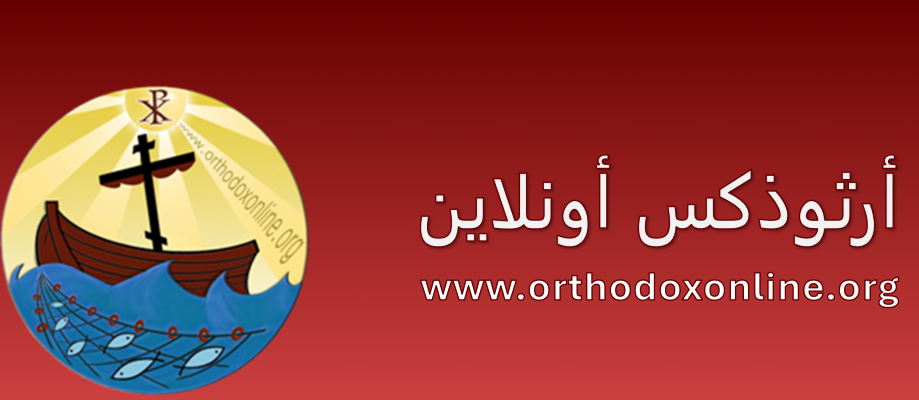The reason for the existence of the sacraments is to realize and prepare the spiritual life. Since the altar is the starting point for every sacred service: the sacrament of divine thanksgiving, the holy anointing, the priestly ordination or the completion of baptism, let us see if the consecration of the temple has anything to do with the things we mentioned above.
In my opinion, researching this topic is neither a deviation nor a departure. In this research, we are delving into the treatment of the topic, especially since the issue is related to something fundamental, related to the completion of the holy mysteries.
After reviewing the traditional rites performed by the bishop and examining what constitutes the temple, we will next examine the symbolism and action of each ceremony in detail.
The bishop wears a white apron tied around his waist and hands, then kneels before God, not on the ordinary ground but on a cushion, and supplicates, invoking the divine blessings and the graces required. Then he rises and begins the celebration. He raises the table and sets it on a base, which he secures himself and not through an intermediary. Then he washes the table with hot water after having asked God to grant this water the virtue that not only cleanses external dirt but also drives out demons. Then he wipes the table with perfumes, pouring over it the best wine and perfumed spirit (in my opinion, the spirit of the rose). After that, he wipes it with holy chrism after making the sign of the cross over it three times, chanting the well-known hymn of the prophet, Alleluia. Then he covers it with a white cloth, decorates it with precious curtains, and spreads another cover over the first cover anointed with chrism. Thus the table is completely covered and is prepared to receive the holy vessels. After doing this, he takes off the white robe, puts on the vestments of the high priests, and proceeds to the annex of the church where the relics are placed and prepared for such a purpose. He takes the relics, places them on the paten designated for the holy offerings, raises them above his head, and advances amidst the torches, hymns, and waves of incense, and amidst a retinue of believers, to the front of the church doors. There he stands and orders those inside to open the doors so that the King of Glory may enter. Meanwhile, the believers and the singers repeat the words spoken by David and repeated by the tongues of the angels during the ascension of the Savior (Psalm 107:23). The doors open to the table. He places the paten on the table, lifts its cover, takes the holy relics, and places them in a holy box placed on the table designated for the preservation of the relics. Then the chrism is poured over it and it is placed in the place designated for it. The box must be at a level befitting the precious treasures that will be placed in it. From this date the place becomes a house of prayer and the table is designated for sacrifice, and it becomes an altar not made with hands.


